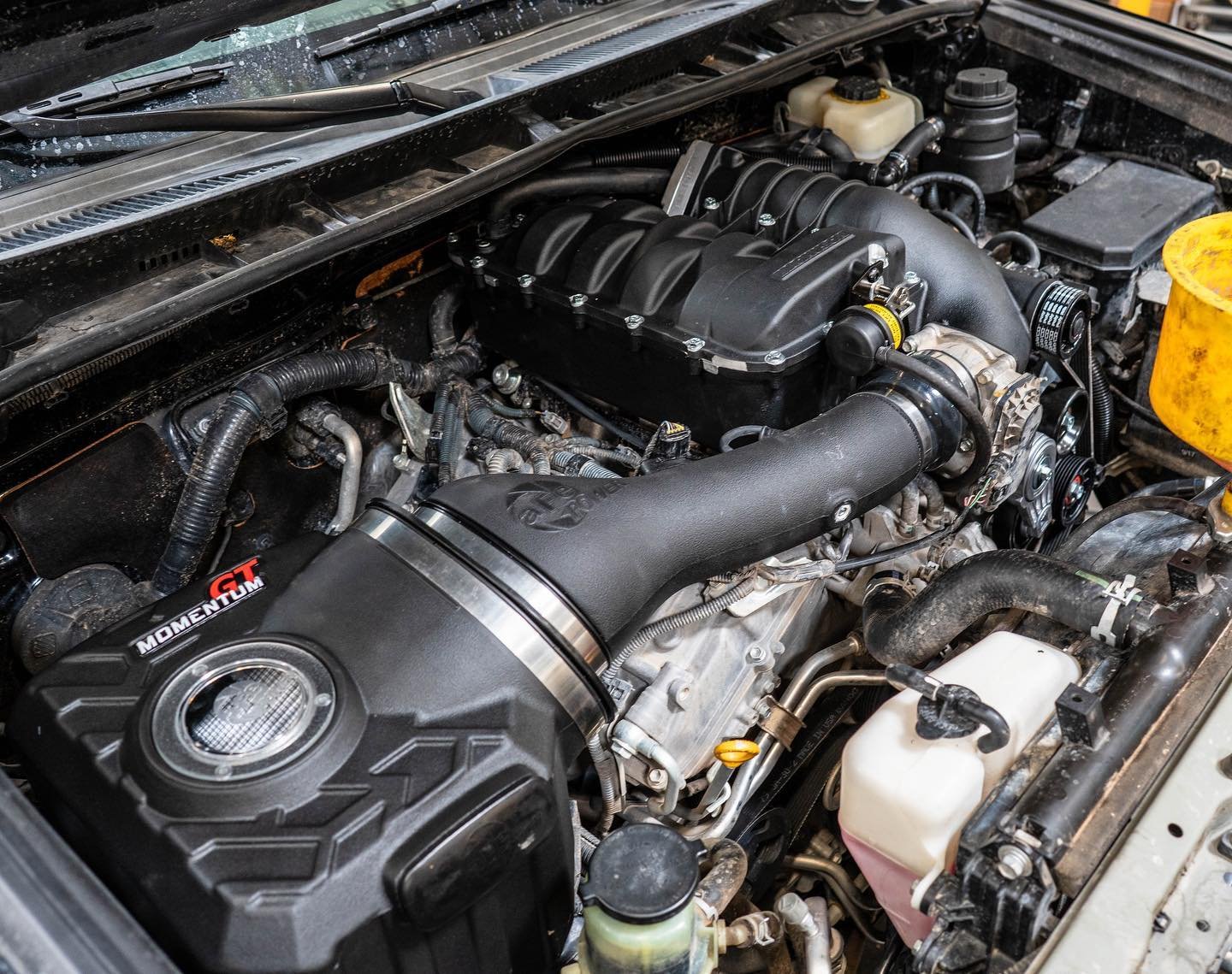Introduction to Autonomous Driving
Autonomous driving refers to the development of vehicles that can navigate and operate without human intervention. This budding technology encompasses a range of systems designed to enhance driving safety and efficiency through automation. The Society of Automotive Engineers (SAE) has established a classification system, delineating six levels of automation. These range from Level 0, which indicates no automation, to Level 5, where full automation is achieved, allowing the vehicle to operate independently in all environments without any need for human input.
The advancements in autonomous driving technology can be attributed to several factors, including improvements in sensors, artificial intelligence, and data processing capabilities. Modern vehicles are now equipped with a suite of sophisticated sensors such as cameras, radar, and LiDAR systems, which collectively generate a comprehensive understanding of the vehicle’s surroundings. This sensory data is then analyzed by advanced algorithms, enabling the vehicle to make informed decisions in real-time, a crucial aspect of safe navigation.
Moreover, connectivity features play a significant role in the progress of autonomous vehicles. The integration of vehicle-to-everything (V2X) communication allows cars to share information with each other and with infrastructure, resulting in enhanced situational awareness and improved traffic flow. As manufacturers continue to innovate, the landscape of commuting and personal transportation is poised for significant transformation. The implications of these developments extend beyond mere convenience; they promise to enhance safety, reduce traffic congestion, and decrease environmental impacts. Understanding the foundation of autonomous driving is essential to appreciating its potential influence on daily commuting experiences in the foreseeable future.
The Evolution of Commuting: A Historical Perspective
Throughout human history, the methods of commuting have undergone significant transformations, influenced by technology, societal needs, and economic developments. The earliest forms of transportation, such as walking and animal-drawn carts, inherently limited the range and speed of travel. However, as civilizations advanced, there was a marked shift towards mechanized forms of commuting.
The Industrial Revolution marked a pivotal moment in transportation history. With the invention of the steam engine in the 18th century, railways emerged, enabling faster and more efficient movement of people and goods. Trains provided an unprecedented mode of mass transit, which not only connected distant regions but also facilitated urbanization, creating suburbs where daily commuting became a norm.
As the 20th century unfolded, the advent of the automobile revolutionized personal and public transport. Cars transformed commuting patterns, giving individuals greater autonomy and flexibility. The introduction of highways and road infrastructure further enhanced commuting efficiency, establishing a new paradigm in which people relied heavily on personal vehicles for their daily travel.
However, even as automobiles became ubiquitous, concerns such as traffic congestion, environmental impacts, and road safety emerged. This led to the exploration of alternative transport options, including public transit systems such as buses and subways, emphasizing the need for sustainable commuting practices. In recent decades, technological advancements have introduced innovative solutions, including ride-sharing applications and electric vehicles.
The culmination of these historical developments has paved the way for the contemporary advancements in autonomous driving technology. This cutting-edge innovation promises to redefine commuting yet again, potentially reducing traffic congestion, lowering accidents, and enhancing the overall commuting experience. As we reflect on the evolution of commuting, it is evident that technology continues to play a crucial role in shaping how we travel daily.
Current State of Autonomous Driving Technology
The landscape of autonomous driving technology has seen significant advancements in recent years, leading to the development and integration of various features that enhance daily commuting experiences. At the forefront are systems such as adaptive cruise control, lane-keeping assistance, and automated parking. Adaptive cruise control utilizes sensors and cameras to maintain a safe distance from the vehicle ahead, adjusting speed seamlessly while reducing driver fatigue. This feature is particularly beneficial for long-distance travel and in stop-and-go traffic conditions.
Lane-keeping assistance systems further augment driving safety by detecting lane markings and gently steering the vehicle to prevent unintentional drift. This technology not only aids in maintaining traffic flow but also enhances overall road safety, especially on highways where drowsiness or distractions may occur. Together, these features contribute to a level of driving automation that can significantly mitigate road accidents and improve commuting efficiency.
Automated parking is another noteworthy advancement that alleviates the stress associated with finding a parking space, particularly in congested urban areas. This technology utilizes sensors and cameras to scan for available spots and can maneuver the vehicle into tight spaces with precision, minimizing the risk of damage to both the vehicle and surrounding property.
Real-world applications of these technologies are becoming increasingly prevalent, with several case studies showcasing their effectiveness. For instance, urban environments are now implementing fleets of autonomous vehicles for ride-sharing services, demonstrating not only the feasibility of these systems but also their potential to reduce traffic congestion and improve public transportation networks. As autonomous driving technology continues to evolve, it offers promising solutions to some of the most pressing challenges faced in daily commuting today.
Benefits of Autonomous Driving for Daily Commuters
The advent of autonomous driving technology heralds a new era for daily commuters, providing numerous benefits that significantly enhance the commuting experience. One of the most notable advantages is improved safety. Autonomous vehicles are equipped with advanced sensors and algorithms that enable them to detect obstacles and respond to various driving conditions better than a human driver. This capability can lead to a substantial reduction in accidents caused by driver error, thereby fostering a safer road environment.
Another significant advantage is the potential to reduce traffic congestion. Autonomous vehicles can communicate with one another, optimizing driving patterns and minimizing the stop-and-go nature of traditional commutes. As these vehicles become more prevalent, the overall flow of traffic is likely to improve, resulting in shorter travel times and a more efficient use of roadways. This efficiency translates to better time management for commuters, allowing them to allocate their time to more productive or enjoyable activities during their journeys.
Moreover, autonomous driving features enhance accessibility for diverse populations, including the elderly, disabled individuals, and those without a driver’s license. By providing reliable and easy-to-use transportation, these technologies enable greater independence and mobility, improving the quality of life for many individuals who may face challenges in traditional commuting scenarios.
From an economic perspective, autonomous driving has the potential to lead to significant savings in vehicle ownership costs. As shared autonomous vehicle services become more widespread, individuals may opt to rely on these services rather than owning a personal vehicle. This shift can reduce expenses related to maintenance, insurance, and fuel, making commuting more financially accessible. Overall, the integration of autonomous driving technology in daily commutes promises a multitude of benefits that will enhance safety, efficiency, and accessibility, thereby transforming the way we travel.
Challenges and Concerns Associated with Autonomous Driving
The advent of autonomous driving features heralds a transformative shift in how individuals commute daily; however, this disruption comes with its own set of challenges and concerns. A primary worry relates to the reliability of the technology. Despite significant advancements in sensors, algorithms, and artificial intelligence, users remain skeptical about the capacity of autonomous vehicles to handle complex, real-world environments. Incidents involving autonomous prototypes, especially when they result in accidents or erratic behavior, amplify these concerns, leading to hesitancy among potential users.
Cybersecurity is another pressing issue that needs addressing. As vehicles become increasingly connected to the internet and integrated into vast networks, the risk of hacking and unauthorized access grows exponentially. Cyberattacks could not only compromise sensitive user data but also manipulate the vehicle’s operation, posing severe safety risks. Manufacturers and regulatory bodies are tasked with ensuring robust security protocols that protect these systems from vulnerabilities.
Ethical dilemmas also surface when considering autonomous driving. For instance, in situations where accidents are inevitable, how should a vehicle prioritize the safety of its passengers versus that of pedestrians? These moral questions complicate the development of algorithms and systems designed to navigate such crises, and public opinion on these ethical considerations remains divided.
Furthermore, regulatory hurdles prove to be a significant barrier to widespread adoption. Different regions have varying laws and standards concerning autonomous vehicles, creating a fragmented landscape that hinders progress. Policymakers must work thoughtfully to establish comprehensive regulations that balance innovation with public safety. Combined with public perception regarding the safety and reliability of self-driving cars, these factors complicate the road to autonomous commuting and necessitate a thorough discussion on the future of this technology.
Impact on Urban Infrastructure and Mobility
The rise of autonomous driving technologies is poised to significantly reshape urban infrastructure and mobility patterns. As cities evolve to accommodate these innovations, there will be a notable shift towards smart city initiatives aimed at enhancing the efficiency of transportation systems. In this context, urban planners and policymakers will need to reconsider how existing infrastructures, such as roads and traffic signals, are designed and maintained to suit the demands of autonomous vehicles (AVs).
One major aspect of this transition involves rethinking road design. Traditional layouts, which often prioritize human drivers, may need to be modified to improve the functionality and safety of AVs. For instance, the implementation of dedicated lanes for autonomous vehicles can help reduce congestion and improve traffic flow, creating a more streamlined commuting experience. Additionally, traffic signal systems could be upgraded to ensure they operate effectively alongside autonomous technologies, allowing for better communication between vehicles and infrastructure.
Parking solutions are also likely to evolve as a result of the proliferation of autonomous driving. With AVs capable of dropping passengers off at their destinations and finding parking autonomously, there is an opportunity to reallocate valuable urban space currently used for parking lots. This could lead to the conversion of these areas into green spaces or commercial developments, enhancing overall urban livability. Moreover, the integration of autonomous vehicles with public transportation systems presents a promising avenue for increasing accessibility and convenience for commuters. For example, self-driving shuttles can serve as feeders to transit hubs, improving connectivity and potentially reducing reliance on private vehicles.
In conclusion, the integration of autonomous driving features in urban environments presents both challenges and opportunities for reshaping infrastructure and mobility. By addressing these changes proactively, cities can foster a future that leverages technology to enhance transportation efficiency and urban quality of life.
The Role of Legislation and Policy in Autonomous Driving
The development and deployment of autonomous driving technology largely hinge on government legislation and policy. A robust legal framework is essential to guide the safe integration of self-driving vehicles into existing transportation systems. Regulatory authorities are faced with the challenge of keeping pace with rapid advancements in technology while addressing public safety concerns and fostering innovation.
Key regulatory frameworks have begun to emerge globally, aimed at establishing standards for autonomous vehicles. For instance, the National Highway Traffic Safety Administration (NHTSA) in the United States has issued guidelines for the testing and deployment of these vehicles, which emphasize safety, data reporting, and cybersecurity measures. These regulations serve as a cornerstone for manufacturers, ensuring that they adhere to strict safety protocols when developing self-driving systems. Additionally, the European Union has introduced several regulations including the General Safety Regulation, which mandates that all new vehicles must be equipped with advanced safety features that may include elements of autonomous driving.
Current laws affecting autonomous vehicles often vary by jurisdiction, leading to a patchwork of regulations that can complicate the deployment process. As automakers work to innovate, they must navigate these legal landscapes while ensuring compliance with state and local laws. Moreover, collaboration between policymakers and automotive manufacturers is crucial. Such partnerships can lead to the creation of pilot programs that assess the real-world implications of autonomous driving technology, enabling lawmakers to make informed decisions about regulation.
By fostering an environment of cooperation between stakeholders, it becomes possible to cultivate a legal framework that not only emphasizes public safety but also encourages technological advancements. As the industry continues to evolve, ongoing dialogue between regulators and developers will play a pivotal role in shaping the future of autonomous driving.
Future of Commuting with Autonomous Vehicles
The widespread adoption of autonomous vehicles (AVs) is poised to significantly alter our daily commuting experiences. As technology continues to advance, it is likely that commuting habits will change, leading to a more efficient and user-friendly transport system. One potential transformation is the eventual decline in personal car ownership. With the rise of shared autonomous vehicles, individuals may opt for ride-sharing services instead of owning a car, thereby reducing the number of vehicles on the road and the associated environmental impacts.
Moreover, the integration of smart technologies into autonomous vehicles is expected to enhance commuter experiences further. For instance, real-time data will enable AVs to find optimal routes based on traffic patterns, weather conditions, and even user preferences. This predictive capability can minimize travel times, increase safety, and improve the overall satisfaction of commuters. Furthermore, seamless connectivity between AVs and urban infrastructure could facilitate a smoother commuting experience, where vehicles communicate with traffic signals and other road users to enhance flow and reduce congestion.
In addition, the psychological aspect of commuting will likely evolve significantly. The time spent in transit may become a period for productivity, leisure, or social interaction, thanks to the potential features of AVs. Commuters may choose to engage in work, relax, or connect with others, transforming the way individuals perceive travel time. These shifts could lead to a redefinition of commuting, as individuals may no longer view it as a tedious necessity but rather as an opportunity for personal growth or leisure.
Overall, as autonomous vehicles become more prevalent, the future of commuting appears to be interconnected, efficient, and flexible, allowing individuals to adapt their commuting choices to better fit their lifestyles.
Final Thoughts: Embracing the Change
The advent of autonomous driving features marks a transformative shift in daily commuting dynamics. As we have explored throughout this blog post, the integration of advanced technologies, such as sensors, machine learning algorithms, and artificial intelligence, is fundamentally altering the way we traverse our urban landscapes. These enhancements promise not only to enhance safety but also to provide more efficient traffic management and reduce overall congestion. The notion of relinquishing driving control to a machine may seem daunting for many individuals; however, it is essential to recognize the benefits that these innovations bring.
For instance, self-driving cars can alleviate the stress associated with rush hour traffic and long commutes. They have the potential to allow commuters to utilize their travel time for productivity or relaxation, offering a significant quality-of-life improvement. Furthermore, these driving advancements aim to minimize accidents through precision navigation and exhaustive environmental awareness, leading to safer roads for all users. As autonomous technology continues to evolve, its influence on urban planning and public transportation may reshape our commuting infrastructure entirely.
It is pivotal for commuters, policymakers, and industry stakeholders to remain vigilant in understanding the potential impacts of these changes. Embracing the innovation behind autonomous driving features is essential to unlocking future benefits for society. Continued education and awareness about emerging technologies will aid in fostering acceptance and adapting to the evolving landscape of commuting. As these features advance, individuals can anticipate significant improvements in convenience, efficiency, and safety during their daily travels.
To fully harness the potential advantages of these autonomous innovations, staying informed on the latest developments and participating in discussions regarding their integration into our daily lives is crucial. This proactive approach will not only facilitate smoother transitions but will also help commuters navigate the exciting future of transportation.






